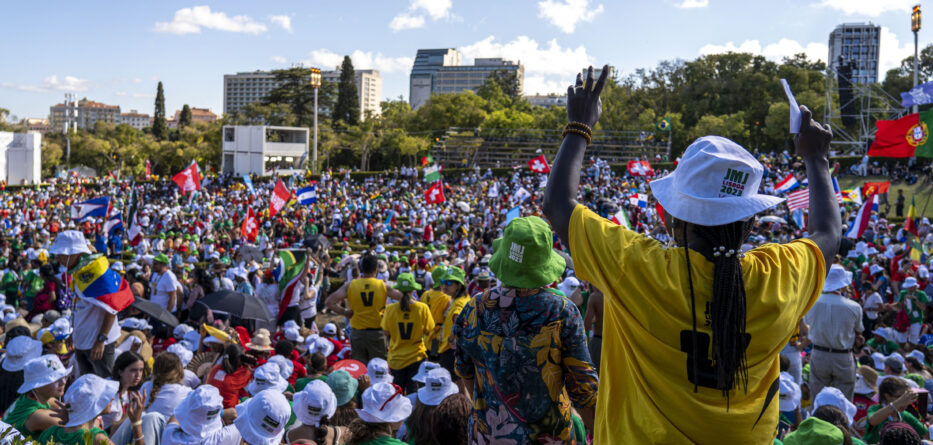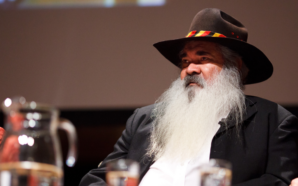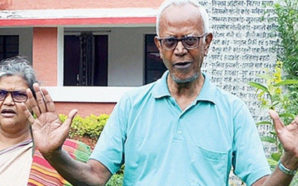In the parish of Paiao, in central Portugal, numerous volunteers have come together to welcome young participants from the dioceses of Reims and Soissons. However, a noticeable absence is the lack of young adults aged 18 to 35. Anterro Mesquita, a key organizer of the local WYD hosting, deeply regrets this absence: “They are deserting the churches and have not helped prepare an event so important for Portugal.”
This local disengagement is confirmed on a larger scale by recent estimates of Catholicism’s impact on Portuguese society. A study published in June by the Portuguese Catholic University reveals that 56% of Portuguese aged 14 to 30 consider themselves believers (50% consider themselves Catholics), while within this age group, only 34% identify as practicing believers, compared to 60% in the overall population. “Young people identify less with the Church,” says Father Paulo Fernando Filipe, the parish priest of Paiao. “Although they grew up in Catholic families and were baptized, they abandon religious practice as they age. I no longer see young adults in the churches I serve.”
The lingering influence of the Church in Portuguese society is perceived as a deterrent for young people. “They feel trapped, stifled by a certain conservatism,” he laments. “We have a communication problem, struggling to encourage them to get involved.” The Church’s image has also been tarnished by the mid-February release of the conclusions of an independent Portuguese commission’s report on sexual abuses within the Church since 1950, which documented at least 4,815 victims.
A decline in Catholicism?
Looking closer, the decline of Catholicism affects Portuguese society as a whole, despite the enduring popularity of popular devotion and the country being seen as one of the last “strongholds” of Catholicism in Europe. According to the latest national census, 80.2% of Portuguese over 15 define themselves as Catholics, compared to 81% in 2011. However, in the past ten years, the number of people identifying as “non-religious” has surged from 6.8% in 2011 to 14.1% in 2021. The number of church weddings has also drastically declined, from nearly 52,000 in 1990 to about 9,600 in 2022. Similarly, the number of ordinations is rapidly decreasing.
“While the 80% of Catholics in the Portuguese population maintain Catholicism as a cultural religion in Portugal,” says anthropologist Alfredo Teixeira, a specialist in religious studies, “the erosion trend is undeniable in terms of the relative weight of Catholics in society.”
Can the WYD reverse the trend?
In the context of Catholicism’s retreat, can an event like the WYD breathe new life into the Portuguese Church? This is certainly the hope of the organizers. Over the past four years, a network of young people has formed in Portugal, ranging from high school chaplaincies to young professionals in parishes hosting foreign participants from all over the country. “Not all Catholics have engaged in this process,” admits Bishop José Ornelas Carvalho, Bishop of Leiria-Fatima and President of the Portuguese Episcopal Conference. “But those who have engaged have done significant work that will revitalize evangelization after the WYD.”
Father Carlos Cabecinhas, the rector of the Fatima sanctuary—a major spiritual site in the country still frequented by many Catholics, including young people and families who have left Sunday Mass—also firmly believes that the WYD will be a “unique opportunity.” “The testimony of participants from around the world will be crucial for young Portuguese,” he says. “But it will also be essential for the renewal of the entire Portuguese Church.”
According to Charles Mercier, a historian of Catholicism specializing in the WYD, this global event traditionally “brings together people of different sensitivities who don’t necessarily cooperate.” He adds, “It’s a unifying moment for the Catholicism of a country, focusing on a positive objective in a context where the Church often deals with its own crises.”
After the WYD
Within the clergy, doubts arise about the possibility of reversing the trend. Sitting in his office at Saint-Julien Church in Figueira da Foz, on the west coast of Portugal, Father Orlando Martins does not hide his fatigue after finalizing the last preparations to coordinate the program for about 50 French, Venezuelan, and Spanish participants based in the area during the diocesan week. This 50-year-old priest is skeptical about the results expected by the organizers. “Evangelization is a long-term movement,” he says. “But it can raise questions: Why are all these young people coming? To pray? To see the pope? Even from an outsider’s perspective, it’s a beautiful sight.”
“The WYD can stimulate the interest of young people,” agrees Father Filipe. “But for them to regain faith, the Portuguese Church and previous generations must engage with them.” The Portuguese bishops, in any case, intend to capitalize on the enthusiasm generated by the WYD. During their assembly in Fatima in early July, Catholic leaders worked on a pastoral approach based on the influence of this massive gathering. And to sustain the youth involvement, the networks established in parishes are expected to continue beyond August 6 and the final Mass celebrated by Pope Francis.
Reproduced with permission from La Croix International.








